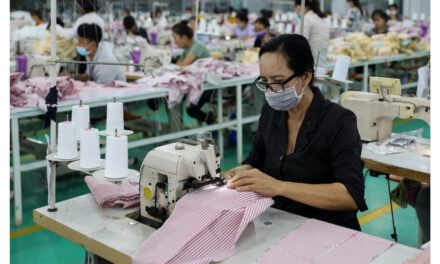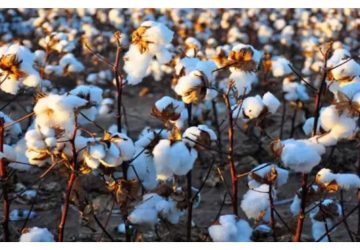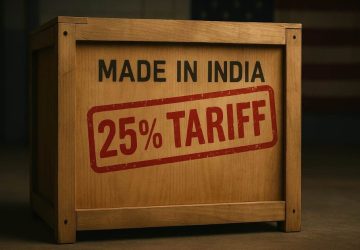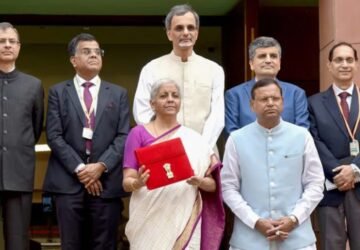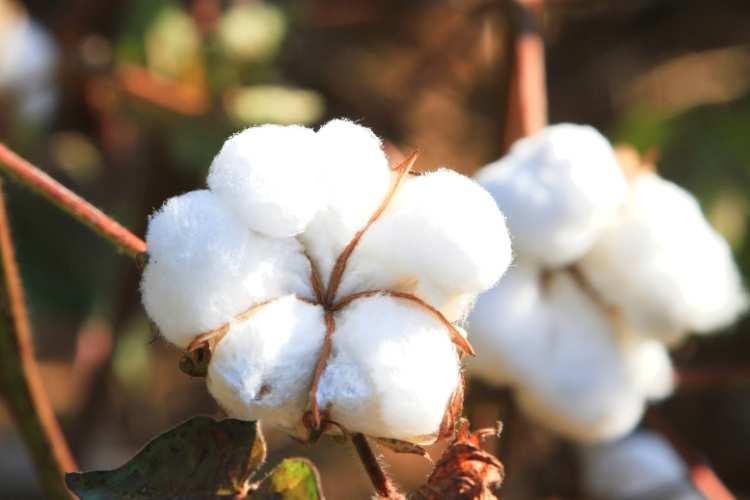 Tariff, global economic condition, and geopolitical situations are influencing the demand and export of commodity products. Macroeconomic situations coupled with rising input costs and less spending in nonessentials are putting stress on the global cotton and the textile industry.
Tariff, global economic condition, and geopolitical situations are influencing the demand and export of commodity products. Macroeconomic situations coupled with rising input costs and less spending in nonessentials are putting stress on the global cotton and the textile industry.
The United States’ cotton sector is hopeful of economic support as part of Trump administration’s support package for the U. S. agriculture industry. Soyabean industry has been in the spotlight for the economic distress due to China not buying United States’ soybeans, at levels which it used to import. According to United States’ Treasury Secretary Scott Bessent, the support package may be in the range of US$10 to 14 billion, and an announcement of the package may be coming soon.
Tas Smith, Vice President for Producer Affairs at the USA-based National Cotton Council told me that, “We anticipate cotton to be included in any economic assistance for the U.S. farmers.” National Cotton Council is working with Trump Administration to enable economic support for cotton producers and has provided data backing the need for assistance.
Tariffs on imports of textile products from nations importing United States’ cotton such as China, Vietnam, Pakistan, Bangladesh has been ranging from 15% to 50%. Although India which is tariffed at 50% imports less cotton from the United States, there are opportunities for the U. S. cotton industry to create more market there, as India and United States are working towards a win-win trade deal for both countries. It is hoped that a trade deal will be reached by November end.
United States is negotiating to open-up the Indian market for U.S. agricultural and dairy products. India has already opened its market for U. S. cotton at zero import tariff level temporarily until December 31, 2025, which is welcomed by the Indian textile industry. Strategic discussions may help with reaching a favorable tariff level if not all together its elimination for the U. S. cotton and other agricultural products in India.
While China has been the largest market for U. S. cotton, due to the need to counter China in economic and geopolitical terms, United States will have policies that may have some level of tariffs towards imports from China, which will lead to retaliatory tariffs by China and lowering imports from the United States.
India is an emerging market opportunity for American cotton provided the tariff levels are at lower levels. This year’s cotton crop in the United States is expected to be better than last few years and hence it is an immediate task for the U. S. cotton industry to work on building relationship with India and the Indian textile industry.
The timely economic support for the U. S. agricultural industry from the administration will help with boosting the confidence and interest to plant cotton in the next season. If United States is to look for broadening its export market in India, it needs to sustain at least its current level of acres dedicated to cotton going forward.
Seshadri Ramkumar, Professor, Texas Tech University, USA


